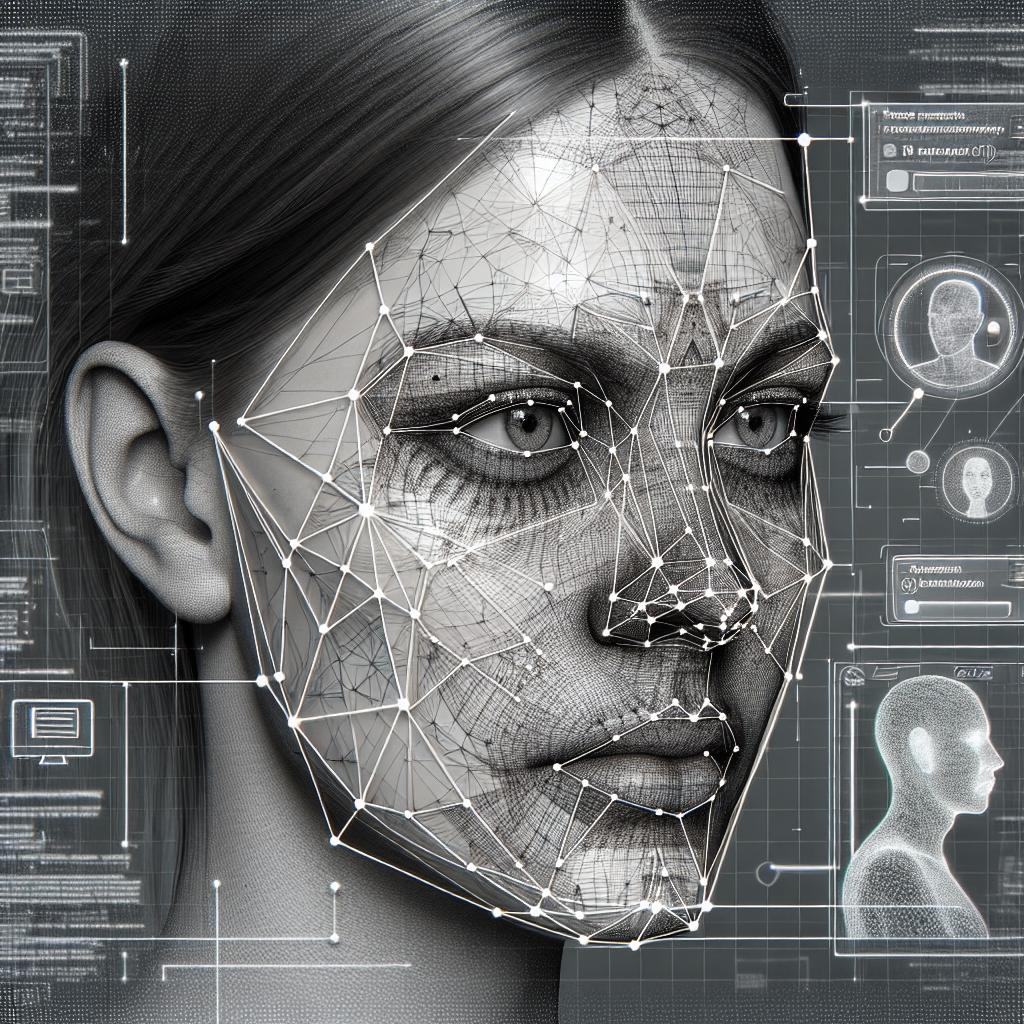How Does Facial Recognition Technology Work?
Facial recognition technology has revolutionized how we interact with digital devices and services. It utilizes advanced algorithms to identify and verify individuals by analyzing facial features. This blog post explores the intricacies of facial recognition technology, including its functionality, applications, benefits, and drawbacks. We will delve into the various sectors that have embraced this technology and discuss how it impacts security and privacy. Additionally, we’ll outline how individuals can protect themselves when using facial recognition systems. Through this comprehensive guide, you’ll gain a deeper understanding of the role that facial recognition plays in a rapidly advancing world and how it might shape the future.
What is facial recognition?
Facial recognition is a biometric technology designed to identify and verify human faces from images or videos. It works by analyzing key features which include the distance between eyes, nose shape, and the jawline. This intricate process turns the unique patterns of a face into a numeral code, known as a faceprint, which can be compared to other stored faceprints for identification.
The technology has roots in artificial intelligence and computer vision. Originally developed for law enforcement, facial recognition has since expanded into a myriad of industries, from consumer electronics to marketing. Its seamless integration into everyday life has made it a staple in security and personal convenience.
How does facial recognition work?
Facial recognition works in several stages: detection, alignment, feature extraction, and matching. Initially, detection locates a face in an image or video stream. Then, alignment readjusts the face for better analysis by positioning it in a standardized manner, despite variations in angle or lighting.
In the feature extraction phase, the system identifies specific facial landmarks, converting them into a mathematical representation. This faceprint is then compared with a database through the matching process. This reflection of one’s face is assessed for similarity against other stored templates, leading to identification or verification.
How facial recognition is used
Facial recognition technology is widely employed in various sectors, enhancing our ability to authenticate and secure processes. Law enforcement agencies utilize it to identify suspects in surveillance footage, expediting criminal investigations. Additionally, airports and border controls leverage it to authenticate travelers rapidly, ensuring security and streamlining international travel.
In consumer electronics, facial recognition adds a layer of user convenience and security. Smartphones and laptops now offer facial unlocking features, providing quick and secure access to personal devices. Retailers employ it for customer insights, enabling personalized shopping experiences while enhancing security measures.
Examples of facial recognition technology
Apple’s Face ID is a prominent example of facial recognition technology in consumer products, allowing users to unlock their devices and authorize payments with just a glance. Another example is Facebook’s photo tagging suggestion feature, which uses facial recognition to identify people in photos and streamline the tagging process.
In the public safety domain, Clearview AI has gained attention for creating a robust database of faceprints by scraping social media images. This technology is often used by law enforcement agencies to track criminals, although it has sparked debates on privacy and ethical considerations.
Advantages of face recognition
Facial recognition offers significant convenience and efficiency, minimizing the need for passwords or keys. It provides quick and contactless interaction with digital devices and services, enhancing user experience. Additionally, it boosts security by reducing the potential for identity theft and unauthorized access.
Beyond convenience, facial recognition facilitates automation in administrative tasks, saving time and money. As the technology evolves, its applications are expanding to diverse areas such as banking, healthcare, and marketing, showcasing its potential to transform industries with enhanced assurance and personalization.
Disadvantages of face recognition
One major disadvantage of facial recognition is the potential infringement on privacy. As the technology advances, concerns about unwarranted surveillance and data misuse arise, leading to debates about consent and data protection laws. The storage of biometric data poses risks if it’s not secured adequately, making it a target for cybercriminals.
Facial recognition systems can sometimes exhibit bias, particularly affecting minority groups with lower accuracy rates. This potential for bias and inaccuracies highlights the importance of enhancing technology with diverse data sets to ensure fairness and inclusivity in its applications.
Facial recognition security – how to protect yourself
To protect personal information within facial recognition systems, individuals should utilize security features provided by manufacturers, such as two-factor authentication. Opting for devices and services that offer data privacy guarantees is also crucial. Staying informed about privacy policies and how data is used and processed can help individuals make informed decisions.
Implementing strict access controls and regularly updating device software ensures system integrity against emerging threats. GDPR and other data protection regulations also provide a framework to safeguard personal data, allowing individuals to exercise their rights and enhance privacy protections effectively.
Next steps
| Topic | Summary |
|---|---|
| What is facial recognition? | Biometric technology for identifying human faces, creating faceprints using AI and computer vision. |
| How does facial recognition work? | Processes include detection, alignment, feature extraction, and matching for identification and verification. |
| How facial recognition is used | Applies to law enforcement, travel security, consumer electronics, and retail for security and personalized experiences. |
| Examples of facial recognition technology | Includes Apple’s Face ID and Facebook’s tagging suggestions, with Clearview AI sparking privacy debates. |
| Advantages of face recognition | Offers convenience, enhances security, and automates tasks, with applications growing across industries. |
| Disadvantages of face recognition | Privacy concerns, data security risks, and potential biases affecting minority groups. |
| Facial recognition security – how to protect yourself | Utilize security features, opt for data privacy, and adhere to regulations to ensure data protection. |


